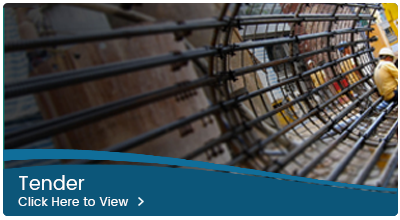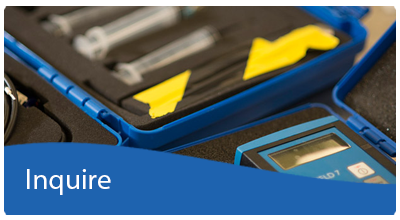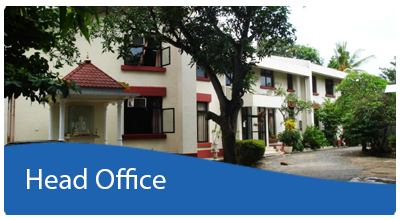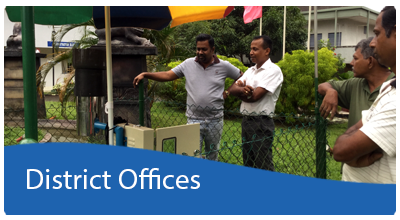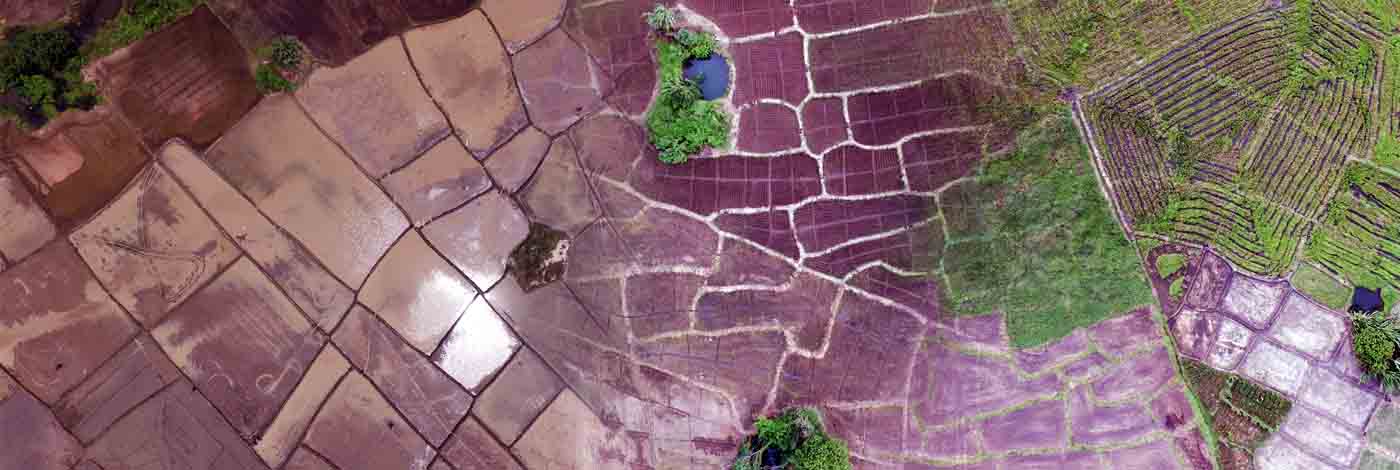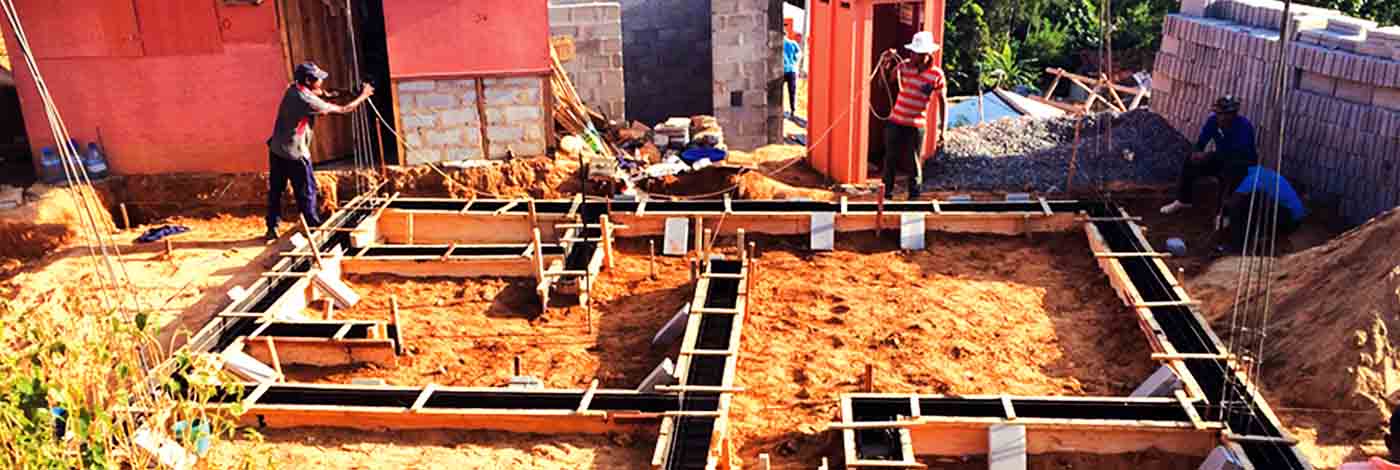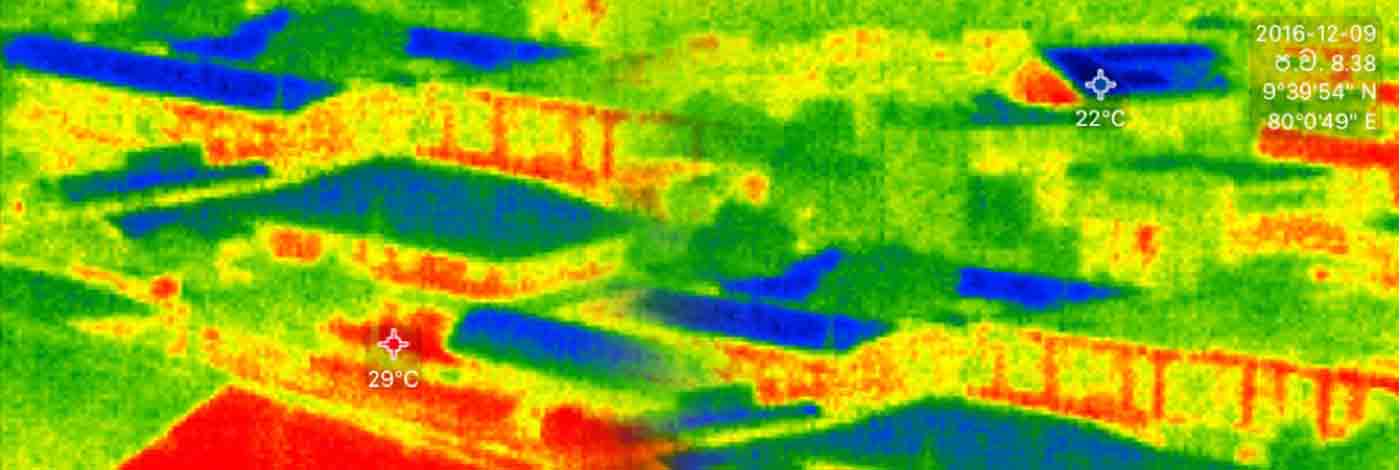National Building Research Organisation (NBRO) operating under the vision of creating a safer built environment has extended its studies on disaster resilient construction. As its initial phase, the main focus of these studies was on housing sector after considering the frequency of natural disasters and severity of damages on houses caused by them. Now, NBRO recommends incorporating disaster resilient features into housing construction when sites are located in localities prone to disasters such as floods, landslides, high wind, and tsunami or in areas having expansive soil.
In this context, the Human Settlements Planning and Training Division of NBRO initiated a program to construct disaster resilient model houses in disaster prone areas with the consent of the Ministry of Disaster Management. In this project, disaster resilient features are showcased in hazard prone areas through model houses to enhance awareness within the community on disaster resilient construction.
Ultimate goal of this program was to promote the disaster resilient construction culture among disaster vulnerable communities and thereby to reduce potential damages on houses in the long run. As the next step of this project, NBRO published the “Hazard Resilient Housing Construction Manual”, and people who are interested in resilient construction can obtain a manual free of charge from NBRO head office.
By now, NBRO has constructed 10 disaster resilient model houses in various disaster prone areas in connection to different national programs of the country as mentioned bellow;
- Resilient Houses Constructed under the National Safety Day Commemoration Program – 2013;
- Landslide Resilient House at Agalawatta
- Flood Resilient House at Millaniya
- Tsunami Resilient House at Beruwala
- Resilient Houses Constructed under the Deyata Kirula National Development Program – 2014;
- Flood Resilient House at Bingiriya
- Flood and High wind Resilient House at Mundalama
- Landslide Resilient House at Bulathkohupitiya
- Resilient Houses constructed under the National Safety Day Commemoration Program – 2014;
- Flood Resilient House at Tissamaharama
- Landslide Resilient House at Katuwana
- Resilient Houses Constructed under the 100 days Development Program of the Government
- Flood Resilient House at Baddegama
- Landslide Resilient House at Ratnapura
Current model house construction work includes three houses being built under the Research and DevelopmentProgramme - 2016 of NBRO,
- A tsunami and high wind resilient house at Yayawatta, Tangalle is under construction, using different kinds of wall materials
- A flood resilient house at Pannala is in the design stage
- A landslide resilient house at Pelmadulla is on the site selection stage
 |
 |
 |
 |
 |
 |





